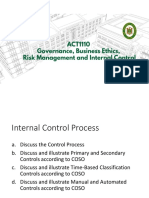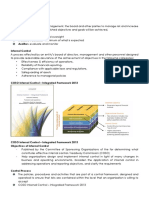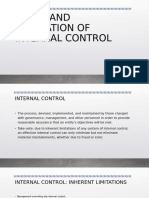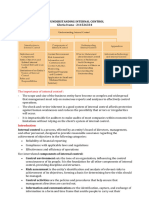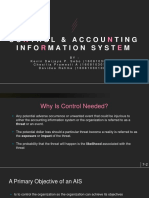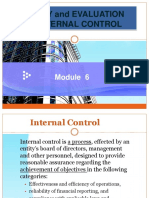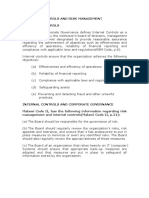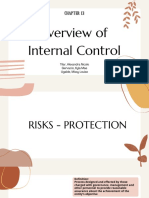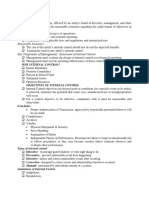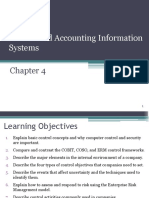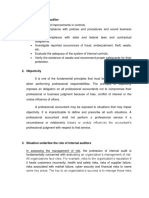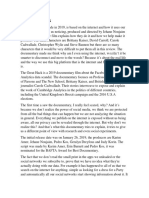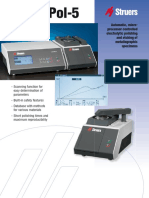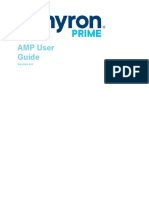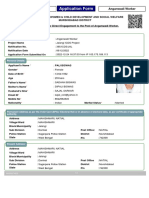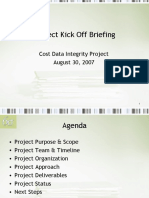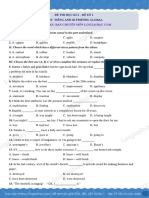0% found this document useful (0 votes)
7 views50 pagesInternal Control
The presentation by Yumaira Panganiban covers the classification and evaluation of internal controls, emphasizing the importance of the COSO 2017 Internal Control Framework. It outlines the objectives of internal controls related to operations, reporting, and compliance, while also discussing limitations and various types of controls, including preventive, detective, and corrective measures. Additionally, it highlights the significance of internal controls in computer information systems and provides a framework for assessing risks and implementing effective control activities.
Uploaded by
Joanna SardidoCopyright
© © All Rights Reserved
We take content rights seriously. If you suspect this is your content, claim it here.
Available Formats
Download as PDF, TXT or read online on Scribd
0% found this document useful (0 votes)
7 views50 pagesInternal Control
The presentation by Yumaira Panganiban covers the classification and evaluation of internal controls, emphasizing the importance of the COSO 2017 Internal Control Framework. It outlines the objectives of internal controls related to operations, reporting, and compliance, while also discussing limitations and various types of controls, including preventive, detective, and corrective measures. Additionally, it highlights the significance of internal controls in computer information systems and provides a framework for assessing risks and implementing effective control activities.
Uploaded by
Joanna SardidoCopyright
© © All Rights Reserved
We take content rights seriously. If you suspect this is your content, claim it here.
Available Formats
Download as PDF, TXT or read online on Scribd
/ 50












